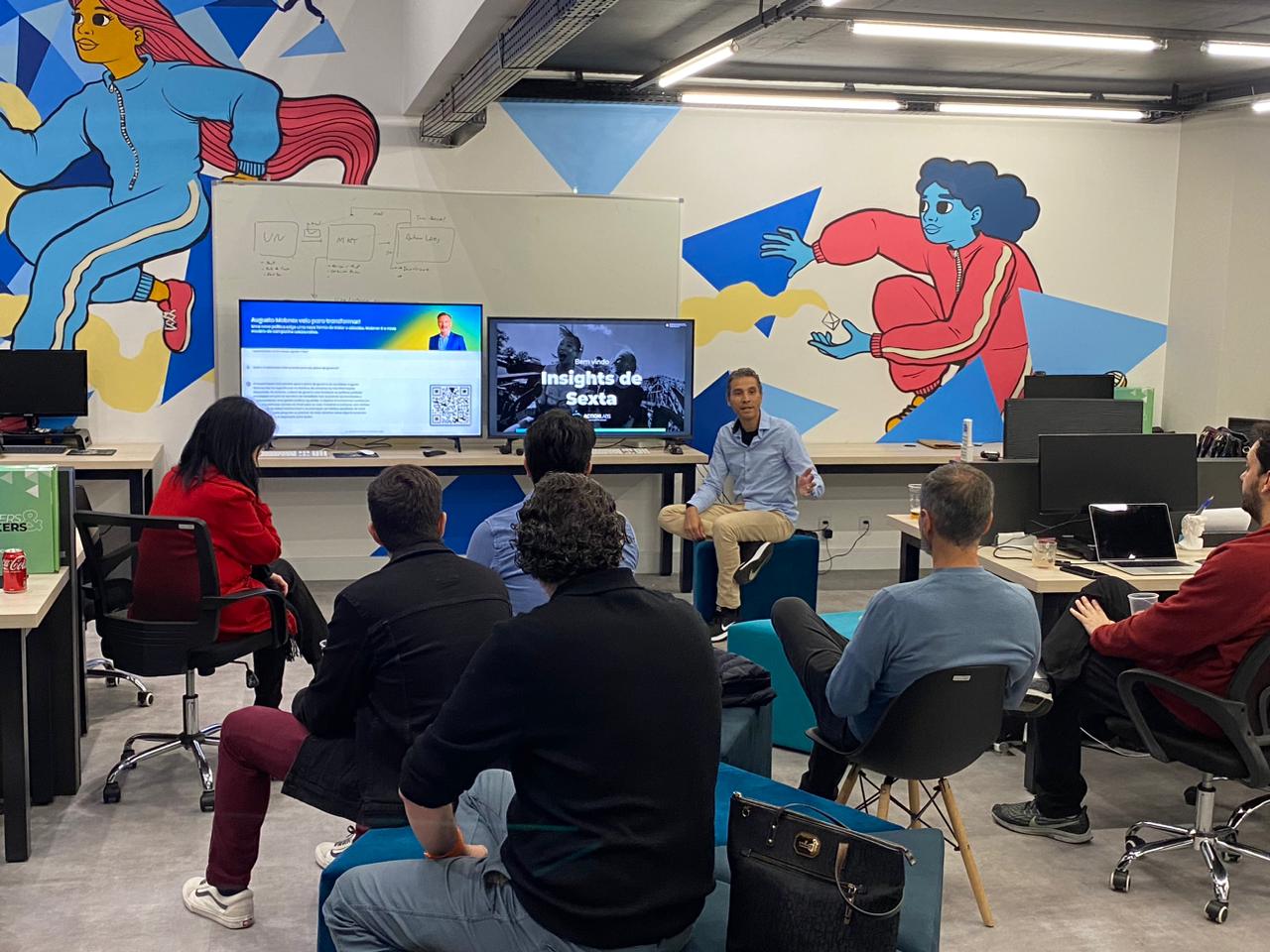Nothing is more dangerous than those things that are so obvious that no-one thinks about them anymore. Navigation menus are one of those things. The very name is confusing: navigation menu. Besides their fundamental role of helping us come and go on the internet, menus have much more subtle functions than just navigation.
It is in itself the structure of a website, the summary of its content. The menu tells us quickly, at the blink of an eye, if that website is where we want to be or not. Paulo Renato, CCO ActionLabs
Imagine you made a search and ended up in a website you do not know which has a strange name and a logo that tells you nothing about it. When you look at the menu, you see the words “Politics”, “Economy”, “Sports”, “Culture”. You will immediately think it is a news website, even if you do not know what the editor is or what newspaper it is. Another example: if you continue your research, a surprise window pops up, with a logo that says “Hot” and a login page. You look at the menu, still in doubt if it is another news website, then you see the options “Women”, “Men”, “Couples”, “Fetish”. You will immediately know if you want to see that website or not...
These examples make it clear that it is important to consider what message the menu is giving, even when the user does not navigate through it. If the menu says what the user can expect from the website, we cannot let it create the wrong expectations. Do not include just the word “Services” if it is possible to directly show what your company has to offer.
Labels: It is essential to use the right terms in menus. If “writing is about cutting words”, then creating menus is for truly literate person. It is necessary to precisely transmit to the user what he will find in there, which can be something more or less broad. It is also important to keep it attractive like if it were an advertising piece (after all, we want the user to navigate through it) but with a fifth of the space and while sharing space with ten other of those “calls”. But, do not worry: for those who, like myself, have no intention of being a Shakespeare, there are other usability tests and menu click analysis. Putting some options to the test will help you understand which is the best term to use.
Range of Content: The user must know what your company is capable of doing. Do not let him go through the homepage without having a glimpse about everything you do, even if he might not be looking for that at the moment. It is like a supermarket: the customer ends up becoming interested in things that were not initially in the list. And, if there is something he does not need now but has previously needed, he will think: “Nice! Whenever I need it again, I’ll know where I can find it!”.
Depth of Content: When deciding which options will compose the menu, remember the user does not know as much of your company as you. Getting back to our example, do not use just the word “Services” if you can include every one of them. In case there are too many options, gather them by significant terms per area. If this is not possible… well, not everything is perfect. But at least be aware of how important it is to choose the right words, do not overlook it.
Open Menus: Dynamic menus (those that show sub-options once the mouse pointer is over them, also called hierarchical menus) sometimes solve the screen space problem. But for them to work, it is necessary that themes are very carefully separated. In an open menu, where all options are visible, it is easy to scan it and find what you want. In dynamic menus you need to “look for” the information by running the mouse pointer over each one of the options.
Besides, it is much easier for the user to memorize items instead of paths. With an open menu, all the options are directly available, and the user can memorize items, while dynamic menus make him have to memorize paths. In future visits, the user might have problems getting to information he had previously found. How many times have you experienced the situation of showing a website to a friend and going like “it was here… oh, no, I think it was actually here. Where was it? It was a link called ‘order yours’...”
Statistics: It is very important to test out several terms fo the menu and several hierarchical positions and formats. Click rates can reveal surprisingly simple or unexpected solutions. But the analysis has to be meticulous so that you are not mistaken by the numbers.
It is important to measure the results, considering that aspects such as market size influence results. The number of clicks of the option CDs can be greater than the option “Hospital Equipment” in your e-shop, however it is possible that an analysis that considers niche market participation might reveal that hospital equipment is your main product!
Also, a low click rate in an option of the menu can mean that there are problems that go beyond usability. If the option represents the core of the business, is it not possible that the user is coming to the website with wrong expectations about your products and services? Can your company be positioning itself the wrong way?
These choices will surely not solve all problems. The trio involving information-writer-designer will always be stuck between space limitations and the focus on the customer. But this has always been part of every advertisement. What is essential is to be aware of the choices for each step of the process. It is important to make sure that little upper left corner of the screen represents everything it can.




